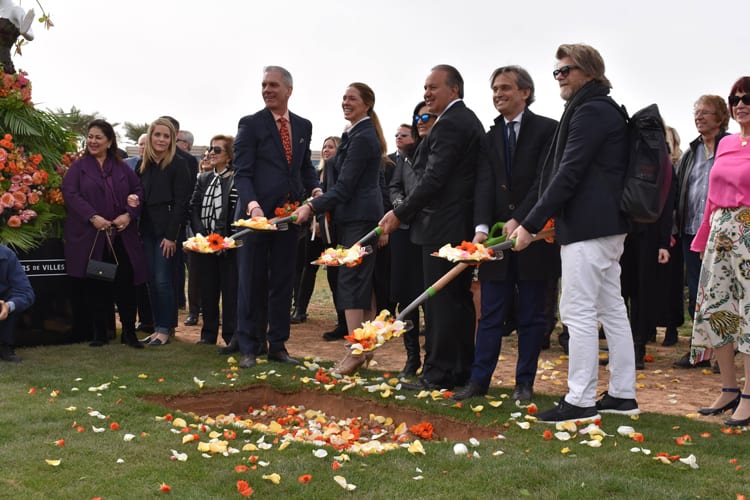Arizona is home to a unique and beautiful landscape and since the state’s early days, its communities have shared a common trait – by and large, they are all master planned communities. The desert environment necessitates this; in order for residents to have access to key utilities, particularly water, it has to be directly funneled into the towns. While master planned communities have always played a role in Arizona’s development, the growth of these communities in other parts of the country is also transforming how the Grand Canyon State approaches such developments.
The Many Shapes Of Master Planned Communities
Today’s master planned communities are structured around a variety of organizing principles. These include large senior housing communities, family-focused sites, and environmentally-friendly construction. What’s exciting for Arizona residents, though, is that the growth of master planned communities elsewhere is improving residential options in the state. Indeed, Arizona’s adaptation of broader influences may just be what makes their master planned communities some of the top selling properties in the country.
Arizona’s Green Construction
Since Arizona has historically relied on master planning because of the state’s harsh environment, it’s no surprise that green construction has taken off in the area. Phoenix even adopted the International Green Construction Code recently, and the Optima Kierland towers will be among the first to implement those principles.
While Optima Kierland will provide amenities standard to similar luxury construction, it also places a special priority on efficiency. Its vertical landscape system helps to reduce ambient temperature and filter the air, while special glass also provides energy savings. The developers also placed the towers’ parking underground, opting to use the surrounding property as a public park system.
Master Planning For A New Generation
Another major change influencing Arizona’s master planned communities is the growing interest in such housing arrangements on the part of younger buyers. This is exemplified by developments like Wildflower in Utah, which is billed as an Active Family Community. Wildflower is structured largely around family recreation like parks and hiking trails, with elegant homes located in proximity to the nearby Mountain View Corridor, and it exemplifies a version of the live-work-play ethos catching on across the country.
In Arizona, this live-work-play concept is best demonstrated by the youthful North Phoenix area and the residential communities emerging there. Structured around an urban but environmentally conscious city core, construction is underway on a number of planned developments, including Elux at Deer Valley, Bungalows on Jomax, and Union Park at Norterra. There are also several additional residential developments that have been proposed for the area, which will be home to some major businesses like Farmer’s Insurance and HonorHealth Care Center, a sports arena, and several schools.
After decades in which master planned communities were largely associated with retirees, if not seniors, today’s developments are rejuvenating Arizona’s urban centers through stylish and high-tech redevelopment. Indeed, the country’s top developers are snapping up land throughout the state, with industry leader Landsea Homes acquiring 1,150 new properties as part of its expansion. Despite its position deep in the desert, then, master planned communities are helping Arizona’s cities flourish against the odds. Its growing emphasis on sustainability and youth should support continued growth for years to come.




